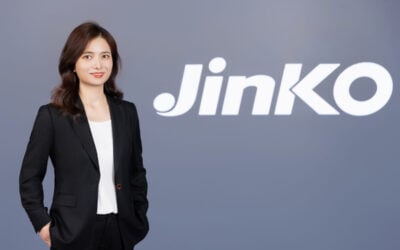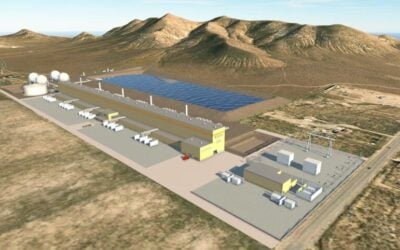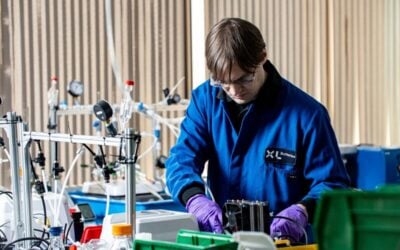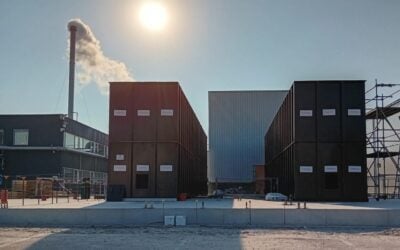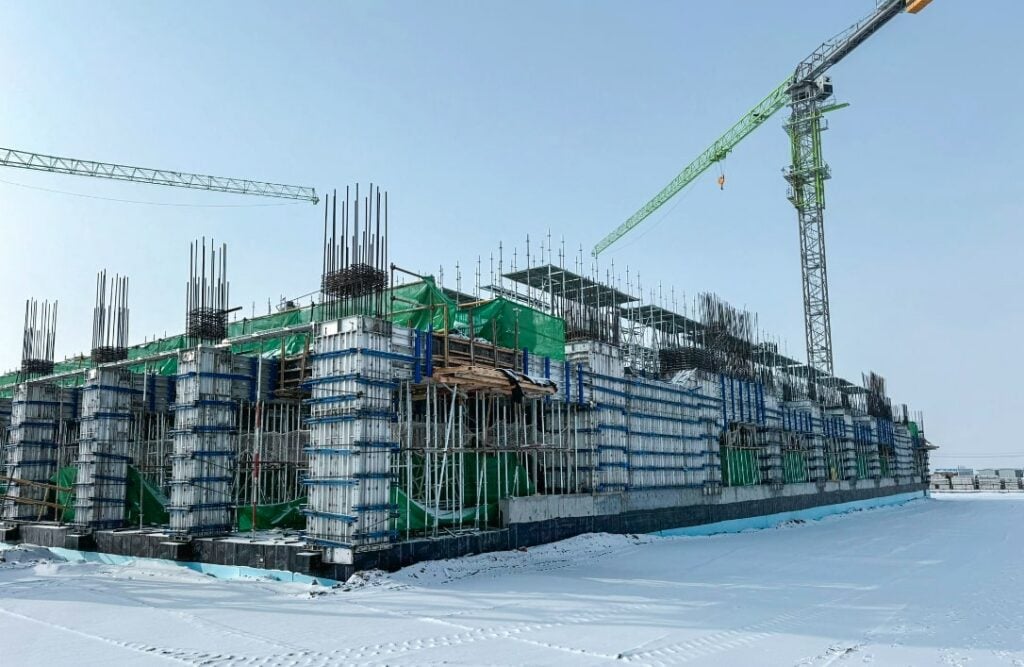
Energy Vault has connected its first commercial EVx gravity-based energy storage system to the grid in China, while construction has been launched on three others, all-in-all totalling 468MWh of capacity.
The 25MW/100MWh project in Rudong, the company’s first commercial grid-scale project using its proprietary EVx gravity energy storage technology, was connected to the grid in December 2023, it announced last week (29 February). It can now start full commissioning of the project.
Energy Vault didn’t say when the project will be fully operational, but it will provide more updates on it when the company releases its full-year results on 12 March.
Energy Vault added that its local partners – environmental services and waste management firm China Tianying (CNTY) and developer Atlas Renewable – now have nine other EVx projects underway in China totalling 3.7GWh, of which three have started construction, all 4-hour systems.
Try Premium for just $1
- Full premium access for the first month at only $1
- Converts to an annual rate after 30 days unless cancelled
- Cancel anytime during the trial period
Premium Benefits
- Expert industry analysis and interviews
- Digital access to PV Tech Power journal
- Exclusive event discounts
Or get the full Premium subscription right away
Or continue reading this article for free
They are:
- a 17MW/68MWh project in Zhangye City, Gansu Province, being built adjacent to a renewable energy plant and a national grid interconnection site (pictured above)
- a 50MW/200MWh project in Ziuquan City, Jinta County, Gansu Province
- a 25MW/100MWh project in in Huailai Cunrui Town, Zhangjiakou County, Hebei Province
The Rudong and Zhangye projects have been designated “new energy storage pilot demonstration projects” by China’s National Energy Administration (NEA).
The Rudong project will charge from a nearby wind farm and discharge to the grid while its energy storage medium – composite blocks – will also provide an outlet for CNTY to utilise waste materials like concrete debris and coal ash as part of its waste remediation business.
Energy Vault CEO Rob Piconi discussed the firm’s gravity-based technology – which many are sceptical about – as well as its battery energy storage system (BESS) and green hydrogen projects in a Premium interview article last year.
Energy-Storage.news’ publisher Solar Media will host the 2nd Energy Storage Summit Asia, 9-10 July 2024 in Singapore. The event will help give clarity on this nascent, yet quickly growing market, bringing together a community of credible independent generators, policymakers, banks, funds, off-takers and technology providers. For more information, go to the website.

